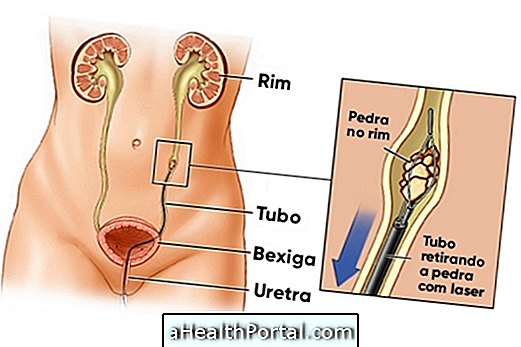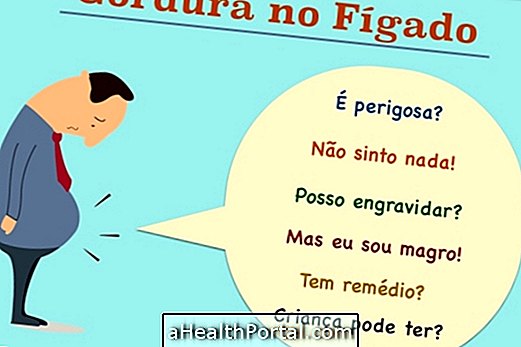Deep vein thrombosis is a serious condition characterized by the formation of blood clots in the deep veins of the legs that may hinder or block the passage of blood.
The thrombus may still flow through the blood and reach other important organs such as the lung or heart causing serious consequences. It can be caused by several factors, being more common in the elderly and in people with problems of blood circulation.
In most cases, the symptoms of deep vein thrombosis include swelling of the leg, redness and intense pain, which gets worse over time. Therefore, whenever these symptoms appear and there is suspicion of thrombosis, you should go to the hospital to make tests and confirm the diagnosis, starting the appropriate treatment.
Check out 7 possible symptoms of deep venous thrombosis.
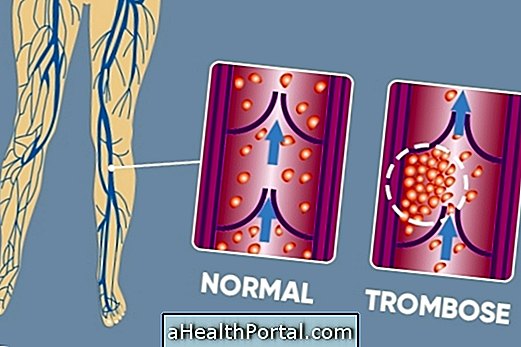
How is the treatment done?
Treatment for deep venous thrombosis is done with the use of anticoagulant medications, prescribed by the cardiologist or vascular surgeon. Some patients need to be admitted to hospitals for treatment. If the woman is taking any contraceptives she should stop immediately because they increase the risk of thrombosis.
For the treatment, there are still oral medications and subcutaneous injections. The best known by the population are Heparin and Warfarin. However, new medications have been developed and are being increasingly used because they have good results in the treatment of thrombosis and because they result in a lower risk of bleeding.
The treatment time with remedies is at least 3 months and the use of 30 to 40 mmHg compression stockings is recommended and should be used during the day and at night for a period of approximately 2 to 3 years. The doctor may also have surgery to place a metal stent into the vein to ensure blood flow.
Learn about different treatment options and how they work.

Physiotherapy for Deep Venous Thrombosis
Physical therapy is indicated when the person is hospitalized in case of treatment for thrombosis in the leg. After 24 hours of starting anticoagulants you can walk around the room for a few minutes and perform leg exercises using the elastic stocking.
Lying in bed with your legs high is a good way to reduce swelling of the legs and improve venous return. Respiratory physiotherapy is especially suitable for the elderly, and breathing exercises should be encouraged.
Possible Complications
When deep vein thrombosis is not adequately treated there is a risk of pulmonary embolism, which is one of the major complications of deep venous thrombosis. Signs and symptoms that may indicate this picture are: shortness of breath, rapid breathing, chest pain that worsens on breathing, cough without apparent cause and with blood.
How to prevent thrombosis in the leg
Healthy living habits such as maintaining controlled blood pressure and cholesterol may help prevent the development of a deep venous thrombosis, but to avoid a new picture of thrombosis in the leg one can adopt the following strategies:
- Adopt another contraceptive method other than the contraceptive pill;
- The doctor may indicate the use of anticoagulant medicines for bedridden people;
- On air travel: ingest liquids, lengthen leg muscles every 2 hours, get up for a brief walk inside the plane and move your feet whenever possible, and avoid drinking coffee and alcohol. In the trip with more than 6 hours of flight, the elderly should always wear compression stockings. Watch the following video and see other tips that can improve your trip:

Women less than 40 years of age do not have to worry about using the contraceptive pill because in this situation it has a low risk of causing thrombosis.

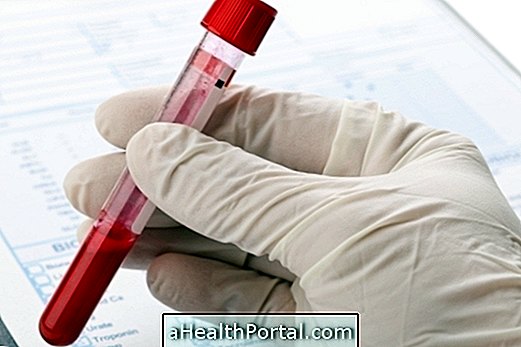
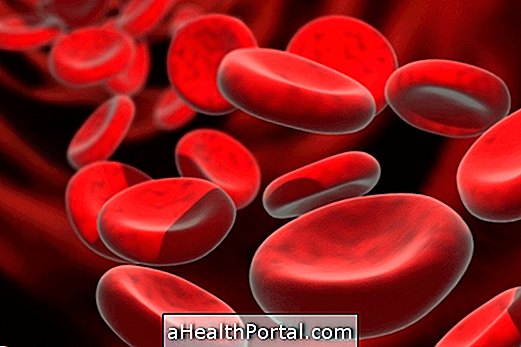
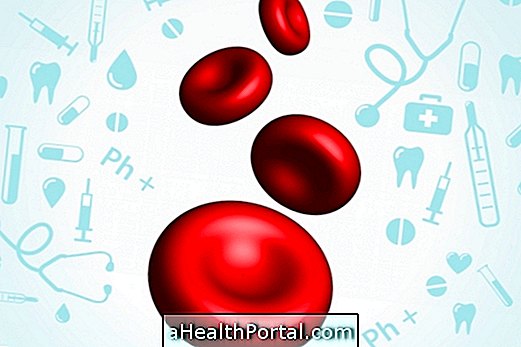
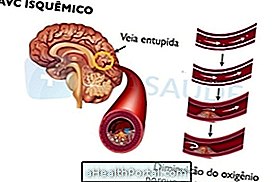
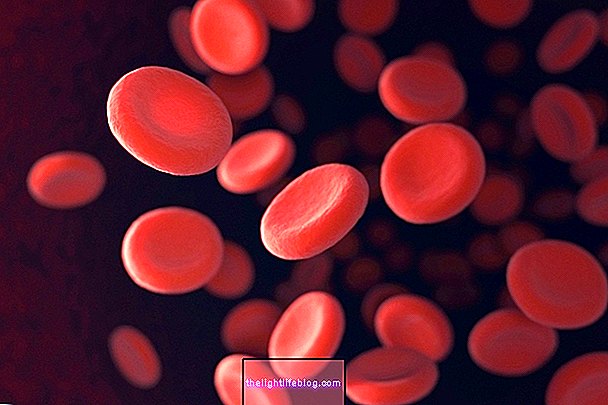



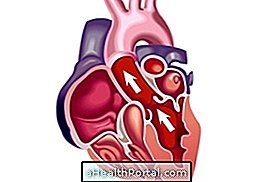




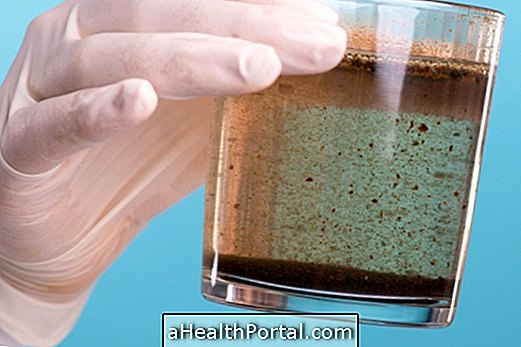



-o-que--quando-fazer-e-como-funciona.jpg)


